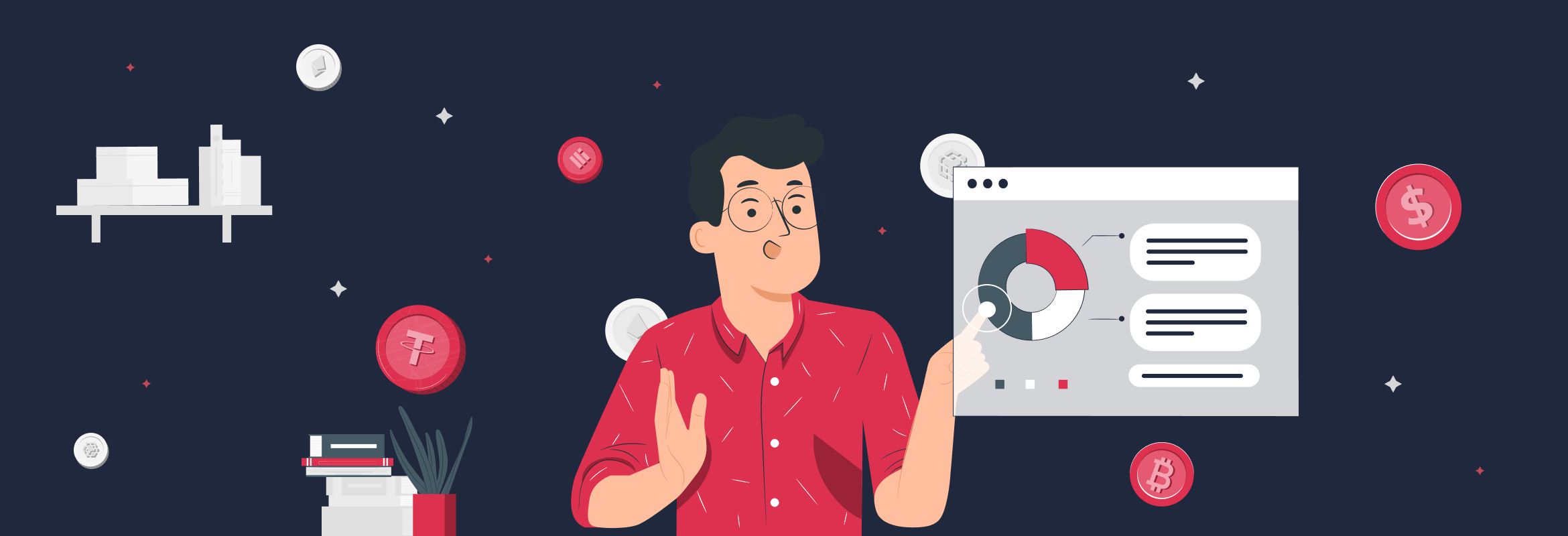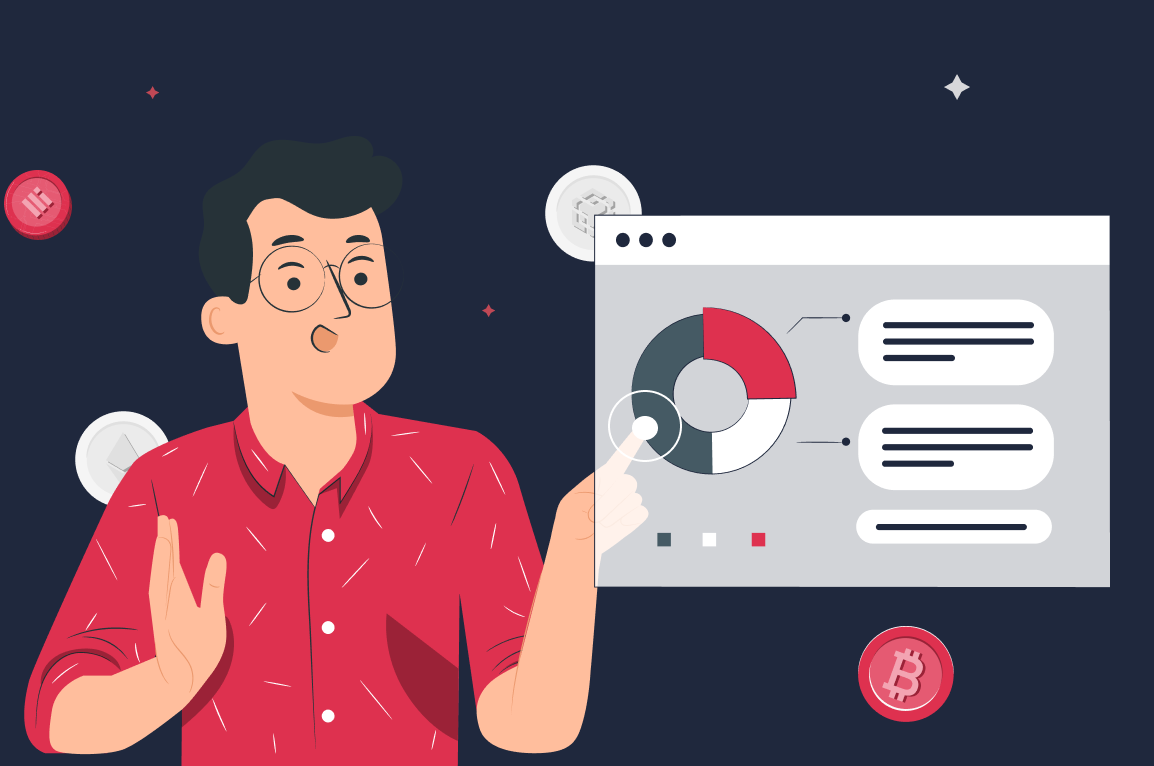Let’s talk
- Your message has been sent!
Dec 05, 2022 / Updated:Dec 08, 2022
What Is Web 3.0 and Why Should You Care
Web 1.0, Web 2.0, Web 3.0 - these are the buzzwords of the technological era, and if you are interested in tech, you probably have encountered the terms at least once. Having grown up during the 80s and 90s, trying to understand the concept of the web was like letting the cat out of the bag.
We now use the web every day, and at some point, we are expected to know its history. So let's get a glimpse of the evolution of the web.
THE READ-ONLY WEB
This machine is a server. DO NOT POWER IT DOWN!!
In 1989, British scientist Tim Berners-Lee initially invented the World Wide Web (WWW) to meet the demands of information-sharing between scientists and universities. Don't get it wrong: there needed to be more information. Back then, people lacked a management system that could combine all the information in one place, making it more accessible and easy to digest. Even though the proposal was not approved on his first attempt, back in 1990, the first-ever WEB server was live due to his efforts. As people were unfamiliar with the machine, the computer had a huge red label: "This machine is a server. DO NOT POWER IT DOWN!!"
This web version is often referred to as a "read-only" web: this one is an open space that makes information available to anyone at any time.
This is Web 1.0, and it has not changed since then.
In the modern world, e-commerce websites fall under Web 1.0.
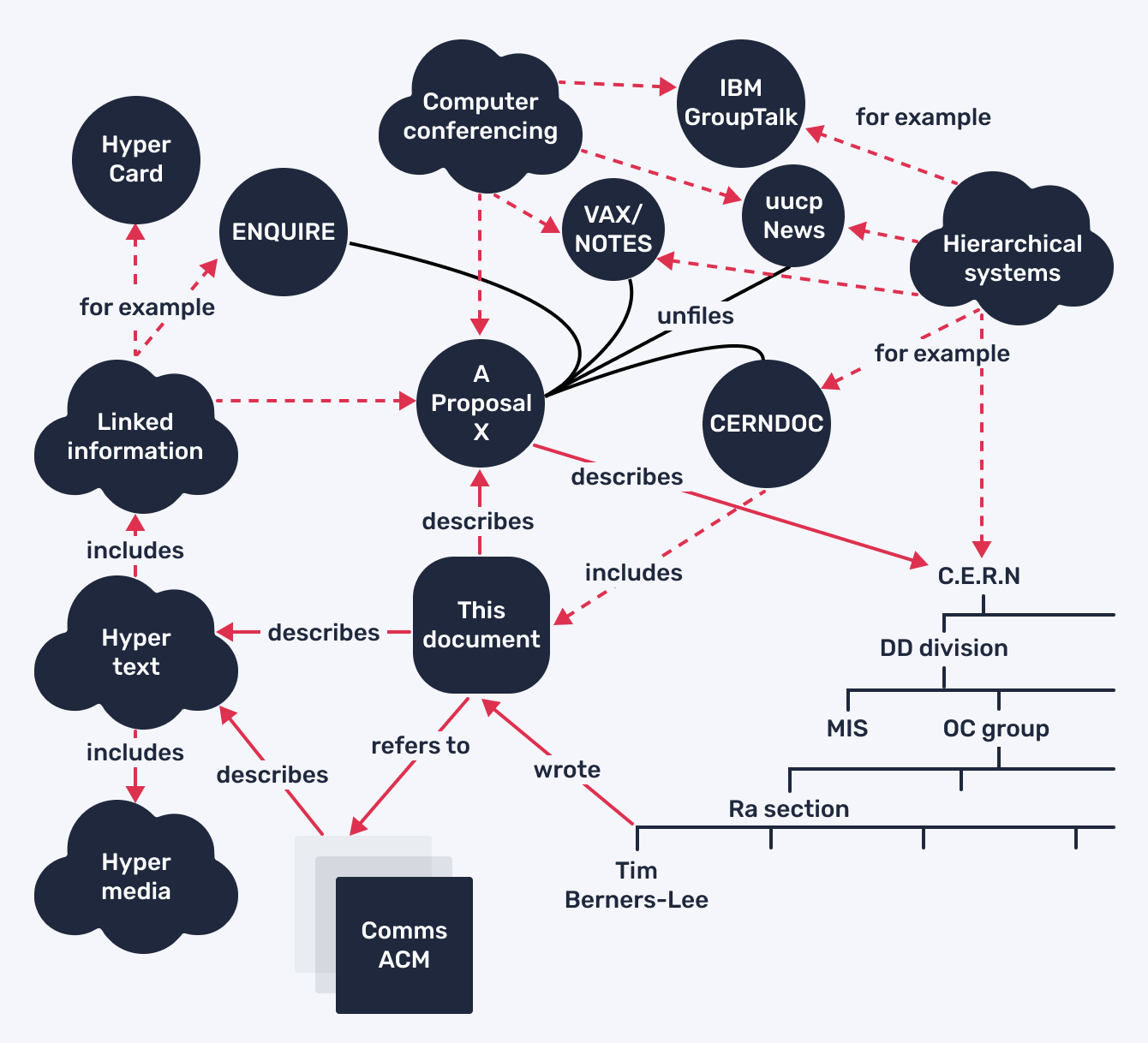
THE READ-WRITE WEB
According to Berners-Lee, while Web 1.0 was read-only, Web 2.0 was the read-write type. In fact, what does that mean? To keep it short, web 2.0 allows users to interact with other web users.
The web 2.0 concept has changed dramatically and impacted our lifestyle. For example, you can consider Youtube, which purely depends on user submissions. In other words, web 2.0 opens a platform for those who want to interact with the information. Yes, Web 2.0 was quite a game changer, but let's dig deeper and find the answer to the topic of Web 2.0 vs. Web 3.0.
Web 2.0 enabled users to send and receive text, image, and video content in addition to reading it. Therefore, Web 3.0 technologies will undoubtedly be superior to and significantly more advanced than the internet as it is now.
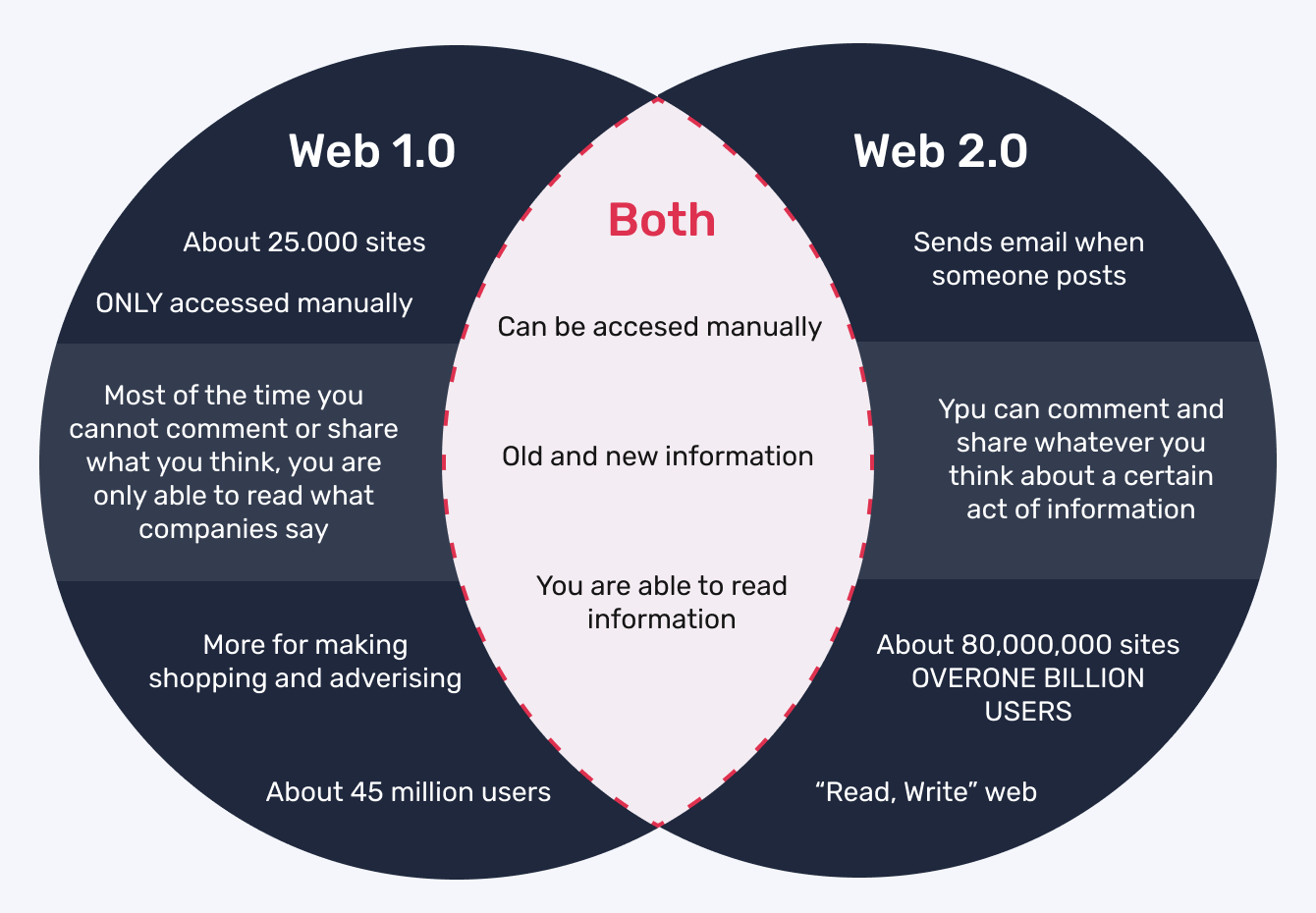
All the information mentioned above leads us to Web 3.0, which has a much broader explanation. So let's find out what is Web 3.0.
Short disclaimer: Web 3.0 refers to the next tech evolution of the internet, which gives more power to individuals to control their data and online identity.
Today, tech giants like Meta, Google, Twitter, and Microsoft rely on the explosion of user data and make huge profits.
…and of course, we know it; we've put the checkmark on the Terms and Conditions pop-up.
Web 3.0 allows users to retain control over their digital experiences while avoiding having most of their online activities concentrated on a small number of big platforms. Additionally, this new version of the internet will make it possible to personalize online content to each user more and more while maintaining their privacy, giving the internet and its activities a new level of utility and significance.
Well, here is the real question: why should you even care?
Here is why: if Web 3.0 is fully decentralized, this means that the users can not only have more control over their online experience but also own an online piece through digital tokens that act as a reward for those who helped in improving and developing Web 3.0
The rise of cryptocurrencies made the "web 3.0 blockchain" the most searchable phrase on the internet, as Web 3.0 is now associated with NFTs, cryptocurrencies, and decentralized autonomous organizations (DAOs). DAO stands for decentralized Autonomous Organization. With Definme’s DAO development mechanism business owners will be able to run their businesses, eliminating the need for middlemen.
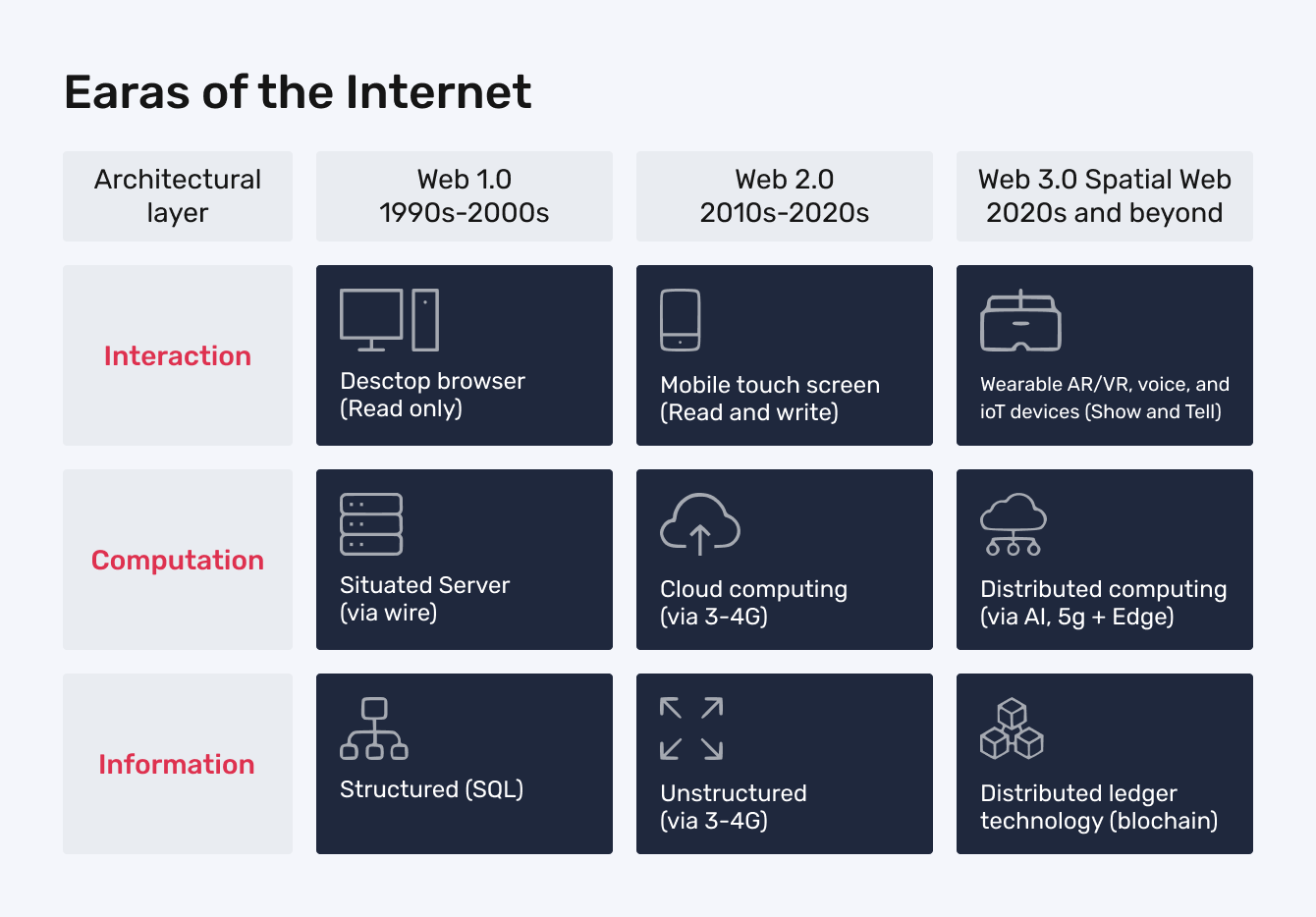
Making the internet a wiser place is the fundamental tenet of Web 3.0. The internet will become more intelligent, responsive, and capable of providing a more personalized and fulfilling experience to the user in this new era of the web. It will fundamentally alter how we now know and use the internet. We would need to grasp the following four fundamental pillars of Web 3.0 to understand the potential changes that we might observe:
Still have questions? Let’s brainstorm.
Contact us, we will guide you through the world of WEB 3.0 and help you understand the concept deeper.
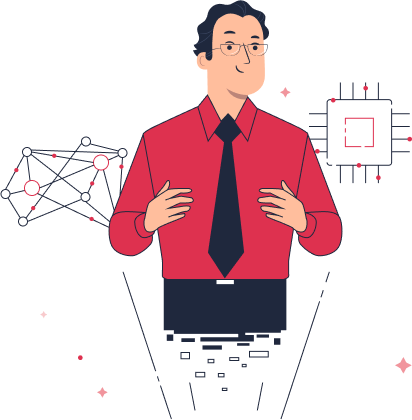
Articles
-
 What Are Decentralized Exchanges? Meaning, Examples, and Benefits
What Are Decentralized Exchanges? Meaning, Examples, and Benefits
DEXes (short for decentralized exchanges) are places to trade cryptocurrencies, and they …
Jul 13, 2023
-
 How Are NFTs Transforming DeFi
How Are NFTs Transforming DeFi
Say "blockchain and crypto," and Ethereum, NFTs, DeFi, and tokens will surely …
Jul 12, 2023
-
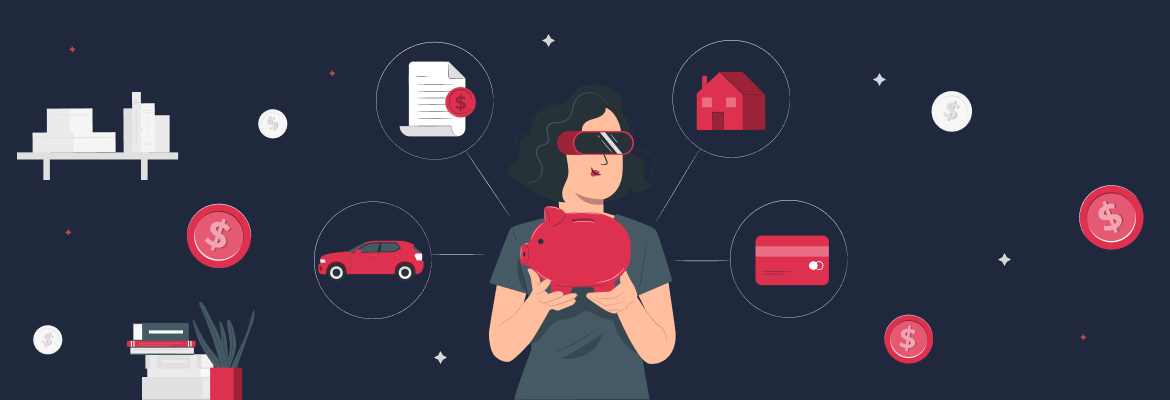 The Impact of the Metaverse on Banking and Finance
The Impact of the Metaverse on Banking and Finance
The metaverse has captured the attention of banks and financial institutions as …
Jun 15, 2023
